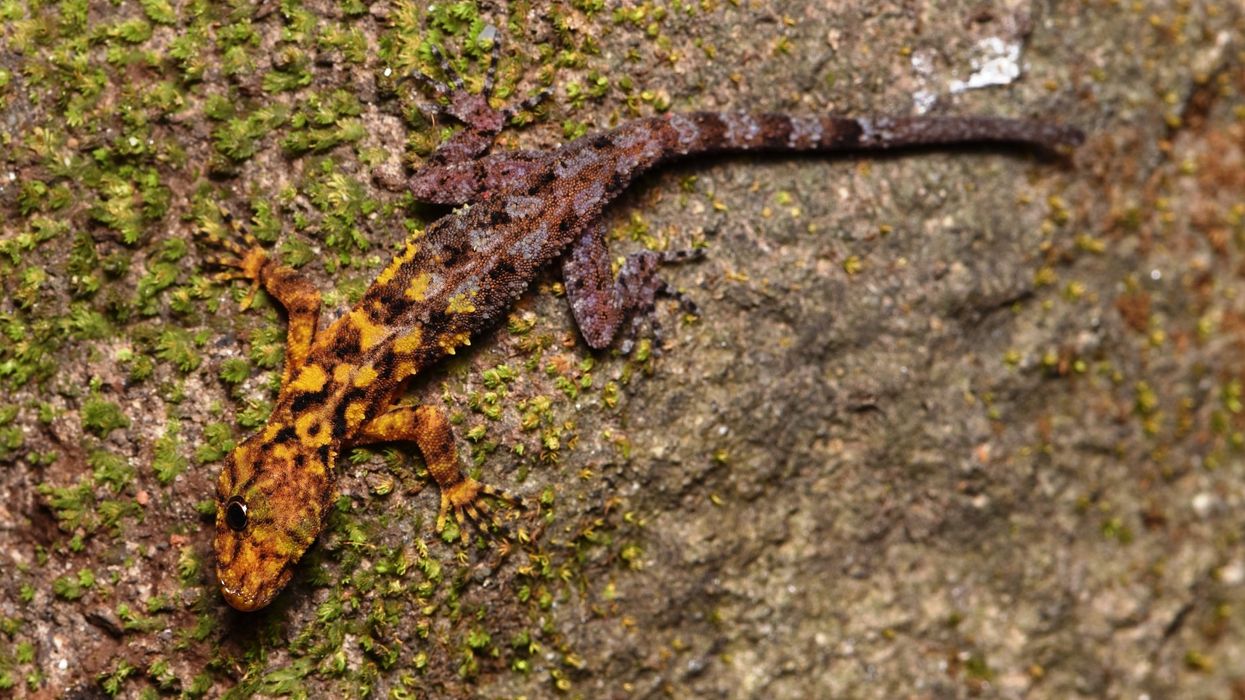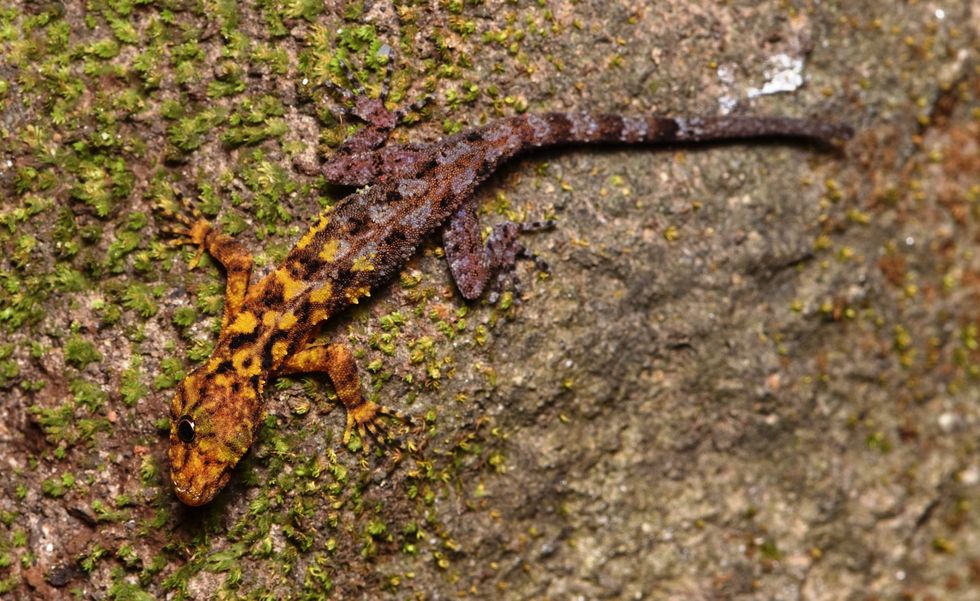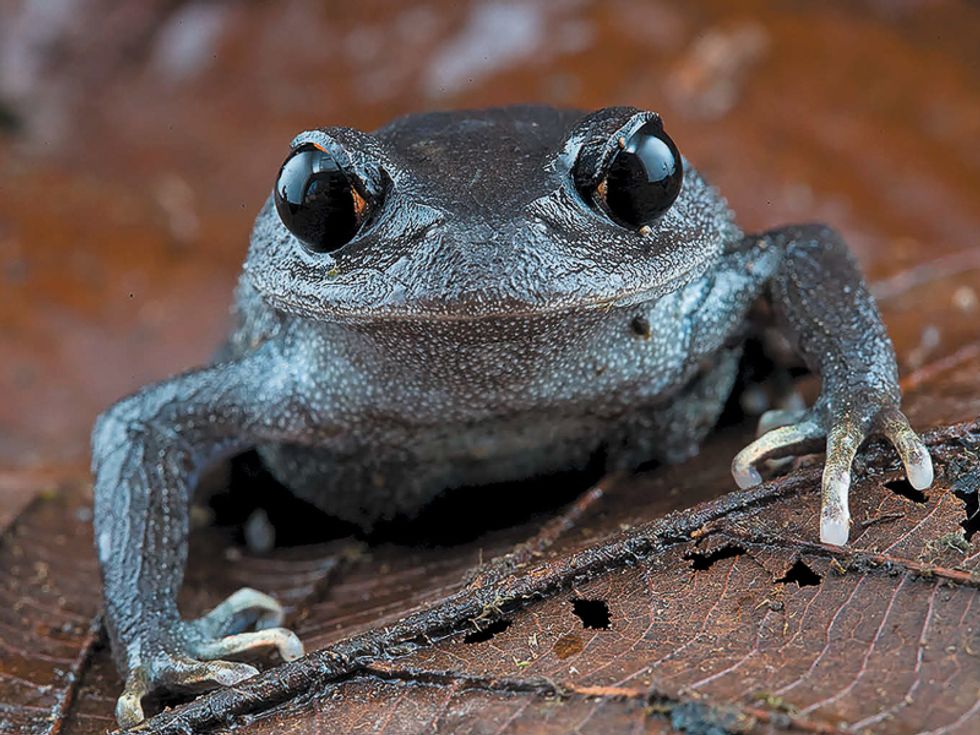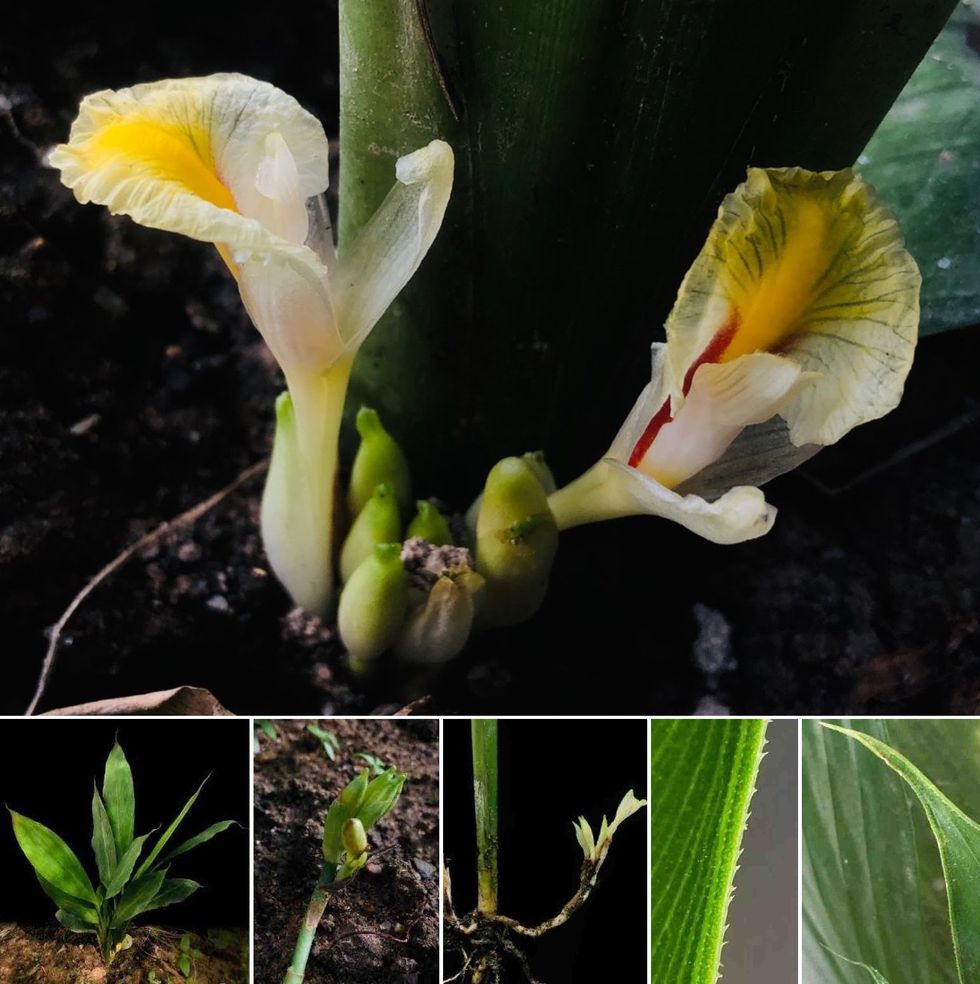
A langur monkey, a half-orange, half-grey gecko and the world’s first succulent bamboo are among 224 new species in the Greater Mekong area, wildlife experts said.
A report from conservation charity WWF said the unusual finds in the region of Southeast Asia showed it was a “hotspot” for wildlife diversity but also highlighted the threats they faced and the need to protect species and habitats from being lost.
In total 155 plants, 16 fish species, 17 amphibians, 35 reptiles and one mammal were formally described as new species in 2020 in the Greater Mekong, covering Cambodia, Laos, Burma, Thailand and Vietnam.

They include a langur monkey (Trachypithecus popa) named after Burma’s Mount Popa, the first evidence of which was found from specimens collected more than a century ago and now in London’s Natural History Museum.
Genetic analysis of the museum langurs found they were a match with more recently collected bones from central Burma, indicating the species was still alive today, and in 2018 camera traps caught images of the primates.
It is expected to be listed as critically endangered as only about 200-250 of the langurs are thought to be living in the wild in four isolated locations and are threatened by hunting, habitat loss, agriculture and timber extraction.

Other species new to science include an orange-brown knobbly newt with a racing stripe from Thailand (Tylototriton phukhaensis), which was first spotted in a 20-year-old photograph in a travel magazine, prompting researchers to survey to see if the species existed.
A big-headed frog from Vietnam and Cambodia (Leptobrachium lunatum) threatened by deforestation and harvesting of tadpoles for food, and a colourless cave-dwelling fish in Burma have also been discovered.
A rock gecko (Cnemaspis selenolagus) from Thailand has been identified, which has orange colouring on the front half of its body and is grey from the middle of its back to its tail to help it camouflage against lichen and moss.
New plants include a bamboo species from Laos (Laobambos calcareus), whose stem can inflate and deflate during the dry and wet seasons in the first documented case of succulence in bamboo.

A plant from the ginger family (Amomum foetidum) first found in a plant shop in eastern Thailand with a pungent odour, a mulberry tree (Artocarpus montanus) from Vietnam, and a series of begonias from Laos and Burma have also been described as new species in scientific journals for the first time.
Dr Yoganand Kandasamy, regional wildlife lead at WWF-Greater Mekong said: “With over 3,000 new species in the past 24 years, the Greater Mekong region is no doubt a world heavyweight contender for species discoveries.
“These species are extraordinary, beautiful products of millions of years of evolution, but are under intense threat, with many species going extinct even before they are described.
“They require our greatest respect, utmost attention and urgent actions to protect their habitats and minimise exploitation.”

Mark Wright, WWF-UK’s director of science, added: “These new findings remind us of the extraordinary diversity and inventiveness of nature which can provoke a childish wonder and delight in us all.
“Sadly, it is also a timely reminder of the extreme jeopardy that so many of these species and habitats face, and what we risk losing if urgent and committed action is not taken.”
He urged governments, who will meet for the UN global biodiversity summit later this year, to commit to halting and reversing the destruction of nature by 2030.













